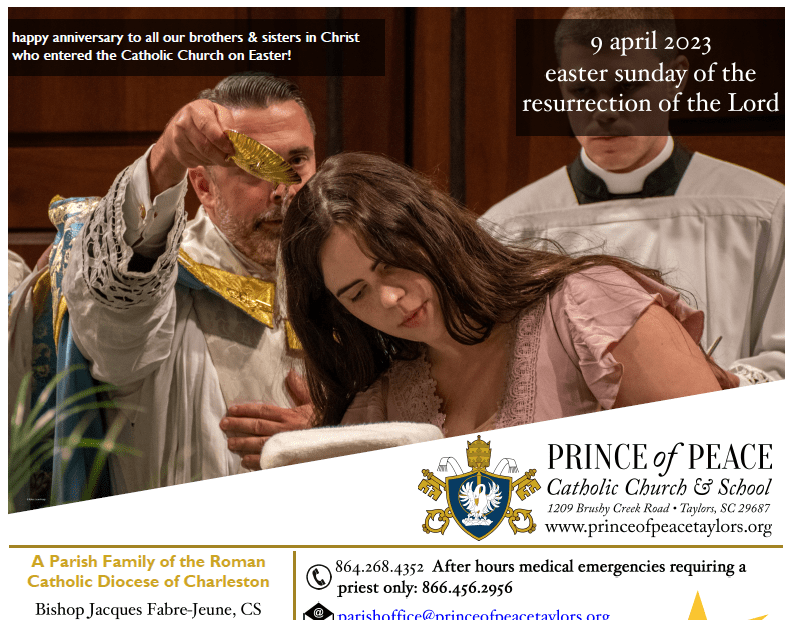
Easter Bulletin 2023
Click to read this week’s bulletin: 9 April 2023 Bulletin

Click to read this week’s bulletin: 9 April 2023 Bulletin
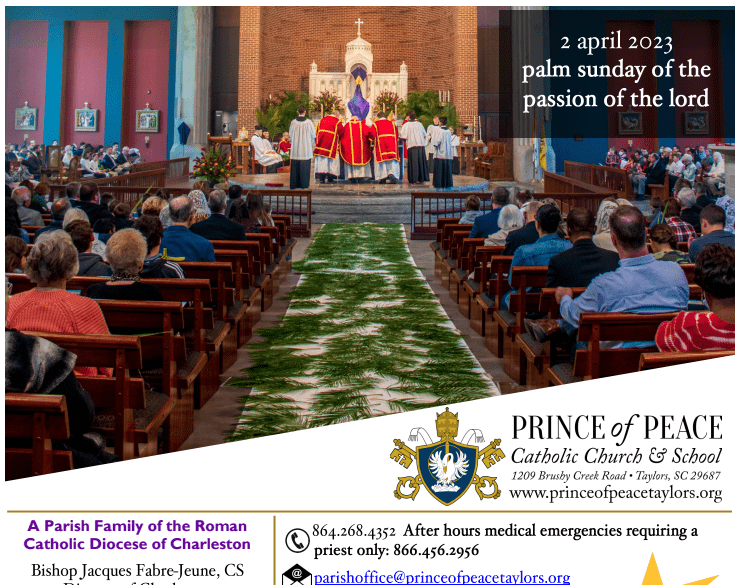
Click to read this week’s bulletin: 2 April 2023 Bulletin
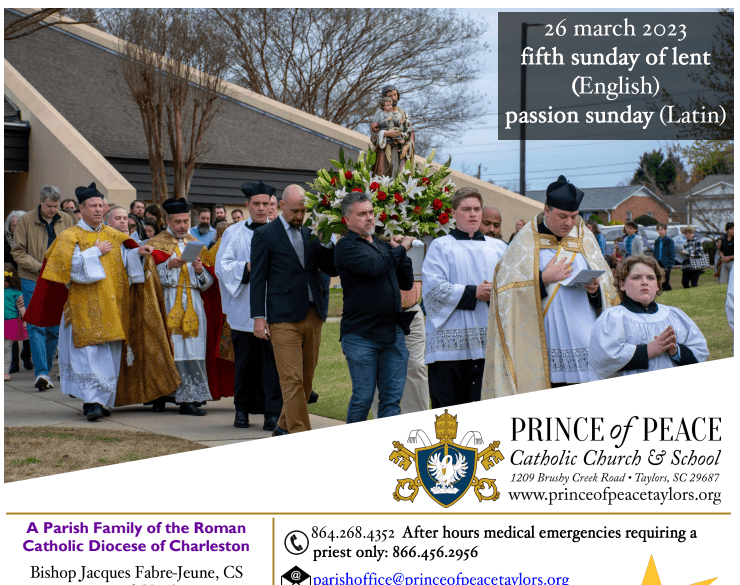
Click to read this week’s bulletin: 26 March 2023 Bulletin
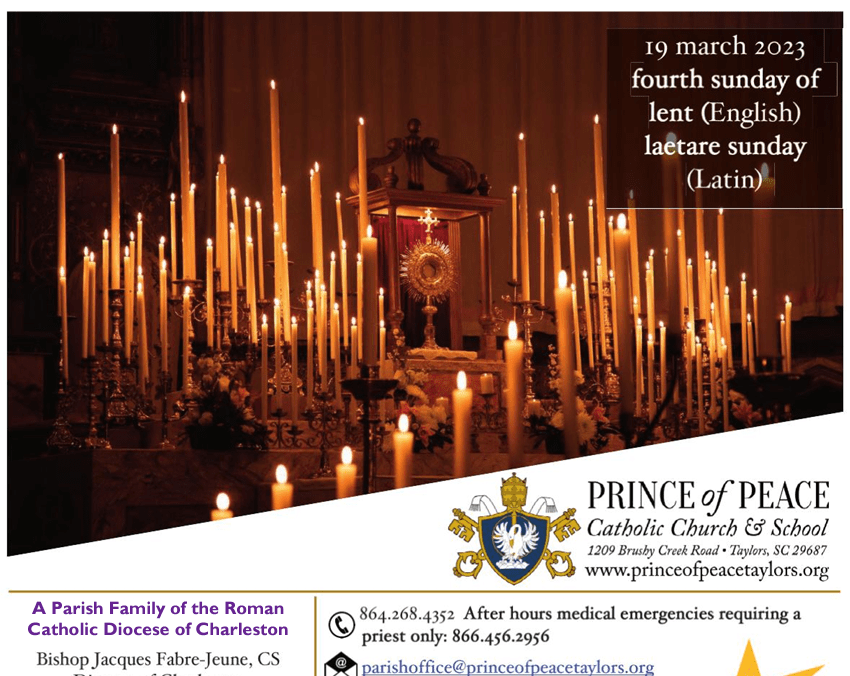
Click to read this week’s bulletin: 19 March 2023 Bulletin
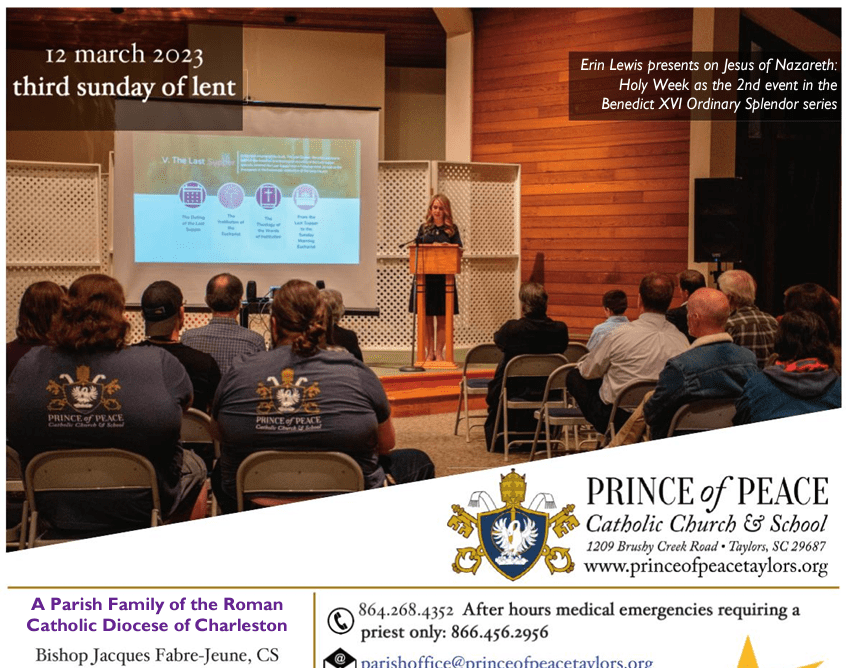
Click to read this weekend’s bulletin: 12 March 2023 Bulletin
Recent Comments